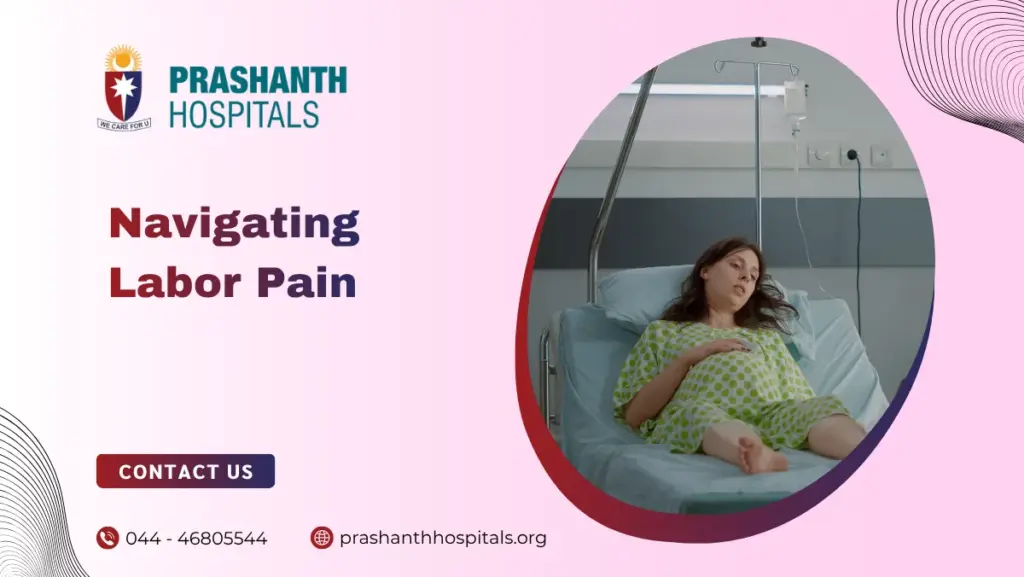Childbirth is a miraculous and profound journey, but it’s no secret that labor pain can be intense and challenging. Pain during labor is caused by uterine muscle contractions and pressure on the cervix. This pain can be described as severe cramping in the abdomen, groin, and back, as well as an aching sensation. Some women feel pain in their sides or thighs as well.
What does labor pain feel like?
Each person’s labor is one-of-a-kind, and the experience of labor pain varies from individual to individual. The level of discomfort experienced during childbirth can vary based on various factors such as the size and position of the baby, the intensity of contractions, and an individual’s personal pain threshold.
Fortunately, modern medicine offers a range of options for pain management during childbirth. Understanding these options empowers expectant mothers to make informed decisions and tailor their birthing experience to meet their unique needs and preferences.
Epidural Analgesia
Epidural analgesia is one of the most effective methods of pain relief during labor. It involves the insertion of a catheter into the epidural space of the spine, through which a combination of local anesthetics and opioids is administered. Epidurals provide excellent pain relief while allowing the mother to remain awake and alert during labor. They are particularly beneficial for prolonged labors or cesarean deliveries.
Nitrous Oxide
Nitrous oxide is a safe and non-invasive option for pain relief during labor. It is self-administered by the mother through a mask, providing a sense of relaxation and reducing the perception of pain. Nitrous oxide is quickly eliminated from the body, allowing mothers to remain mobile and actively participate in labor. It is often used as a complementary option or as a primary method for women who prefer to avoid epidurals.
Intravenous Medications
Intravenous medications, such as opioids like fentanyl or morphine, may be administered to provide temporary pain relief during early labor. While they can help take the edge off contractions, they may also cause drowsiness and affect the baby’s breathing if given too close to delivery. Intravenous medications are typically used when epidurals or other pain relief options are not available or preferred.
Natural Pain Management Techniques
Many women choose to explore natural pain management techniques during childbirth. These include breathing exercises, relaxation techniques, massage, hydrotherapy (water immersion), visualization, and more. Natural methods can help promote relaxation, reduce tension, and enhance coping mechanisms during labor, but they don’t make labor painless. These are often used in combination with other pain relief options or as the primary method for women who prefer a medication-free birth experience.
TENS Therapy
Transcutaneous electrical nerve stimulation (TENS) therapy involves the use of a small, battery-operated device that delivers mild electrical impulses to specific areas of the body. TENS units are often used to alleviate back pain during labor by blocking pain signals to the brain. They are safe, non-invasive, and can be used in conjunction with other pain relief methods.
Navigating labor pain is a deeply personal and transformative experience for expectant mothers. Enduring the pain of childbirth is unrelated to your value as a mother. With proper preparation and education, you can confidently determine the most effective pain management strategy for yourself, as well as to communicate preferences and concerns with healthcare providers. Create a birth plan that aligns with your values and preferences, ensuring a positive and empowering childbirth experience.
















